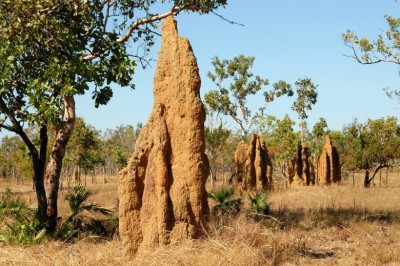The Lazy Persons Guide To Treating A Tender Knee Cap - Brace Yourself
Tender knee caps are the worst! - Maybe you can relate.
Many times when you have this sensation of a "tender knee cap", the root of it can be traced to what is known as "Chondromalacia Patella". Sometimes referred to as "anterior knee pain", Chondromalacia Patella can soften the cartilage surface of the patella. This can be due to abnormal pressure across the knee joint, or hormonal changes in your body.
1.) Signs and Symptoms of Chondromalacia Patella
The pain that is associated to Chondromalacia Patella is usually located over the front of the knee cap. It can be described as a deep aching pain. This pain can be felt most intensely when the knee is bent for an extended period of time, and can be accompanied by swelling issues. The pain can get even worse during activities such as squatting, kneeling or stair climbing, either up or down stairs.
Some patients have reported a grinding feeling in their kneecap stating that they can feel tender as well. This problem affects more females than males especially after a growth spurt where the knee must carry more weight.
Experts usually refer to the precursor of this medical condition as "excess lateral pressure syndrome." This is defined by the condition where the tender knee cap tends to sit too far out to the side of the knee. This problem is usually predisposed by the shape of the bone and genetics. This is where the knee cap is most tender when pushing on its outside, or lateral, surface.
2.) Treatment Options
A.) Can Surgery Be The Answer ? - Many physicians agree that a tender knee cap that is caused by Chondromalacia should first be treated by conservative means. When treating a tender knee cap, surgery is one of the last options to be considered. Everyone is different, therefore each may exhibit different symptoms. Your physician, in a severe case may recommend surgery.
B.) Do Knee Braces Work ? - The use of a knee support to help control the patella can be extremely useful. Many of these braces are light weight and offer support to a tender kneecap while sitting, standing, and walking. They are not very costly, and will also allow for a health range of motion.
3.) Controlling the Pain due to a Tender Knee Cap
A. ) Ice, or cold therapy, is an effective way to relieve the pain caused by the disease. However, do not apply ice directly to your skin for more than 5 minutes as it can cause burns. Use an appropriate device which can be used to cool your joint for longer periods.
B. ) Non-prescription pain medications can also be used to manage the pain. This type of drugs includes anti-inflammatory medications like ibuprofen and naproxen and pain medications like acetaminophen. The supplement glucosamine sulfate can also have some beneficial effects when used by patients suffering from the disease. However, you have to use glucosamine sulfate continuously for at least two months before it can manifest its full effect. - See your physician for details on your specific requirements.
C. ) Knee Support : As mentioned earlier in this article, one of the best ways to provide stability during treatment is by bracing. Special knee braces can provide pain relief by stimulating some of the nerve fibers making your joint more stable and secure.
Aside from being used as a supportive device in the treatment of chondromalacia, knee braces may help to better position your patella in its groove so that it "tracks" more centrally. This can greatly help at relieving the pain. Specially designed knee braces help your patella tracking and are exceptionally useful for people with excessive lateral pressure syndrome that causes intense pain on the outer and undersurface of the tender knee cap.
------
If you would like free information just like this visit us online at http://www.drbraceco.com Dr. Brace Co. is an education based site that can provide helpful information and meaningful support for your knee























